
Golden Lion Tamarin (scientific name: Leontopithecus rosalia) is also known as Golden Lion Tamarin in English. There are no subspecies. There are about 1,000 Golden Lion Tamarins in the wild and 500 in captivity.Golden lion tamarins are diurnal arboreal animals. They are active and lively, with keen...
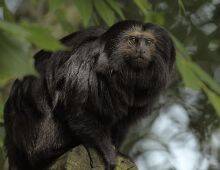
Black Lion Tamarin (scientific name: Leontopithecus chrysopygus) is also known as Black Lion Tamarin, and has no subspecies.The black lion tamarin is a diurnal arboreal animal. It is active and lively, with keen vision, hearing and smell. It is agile and extremely agile. It can leap from one tree to...

Golden-headed Lion Tamarin (scientific name: Leontopithecus chrysomelas), foreign name Golden-headed Lion Tamarin, no subspecies.Golden lion tamarins are diurnal arboreal animals. They are active and lively, with keen vision, hearing and smell. They are agile and extremely agile. They can leap from...
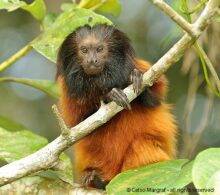
The Black-faced Lion Tamarin (scientific name: Leontopithecus caissara) was once a subspecies of the Golden Lion Tamarin and was classified as an independent species by the IUCN in 1990.The black-faced lion tamarin is a diurnal arboreal animal. It is active and lively, with keen vision, hearing and...
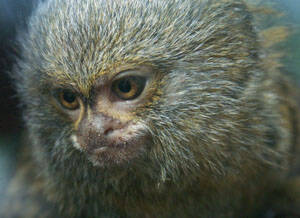
The scientific name of the pygmy marmoset is Cebuella pygmaea, and its foreign name is Pygmy Marmoset. There are two subspecies. It is a small monkey that lives in the tropical rainforests of South America and looks and behaves like a squirrel.The pygmy marmoset likes to live in the higher parts of...

Common Marmoset (scientific name: Callithrix jacchus) is called Common Marmoset in English. There are 2 subspecies.Common Marmoset is active during the day, mainly climbing and jumping on trees, and sometimes appears on flat ground. They form groups of 4-15 individuals, usually a family. Groups are...

The yellow-crowned marmoset (Callithrix flaviceps) is a species of marmoset endemic to Brazil.Yellow-crowned marmosets eat fruits, nuts and other plant foods, as well as insects, spiders, frogs, small lizards and bird eggs. Some species collect food with their hands, but do not put it directly into...
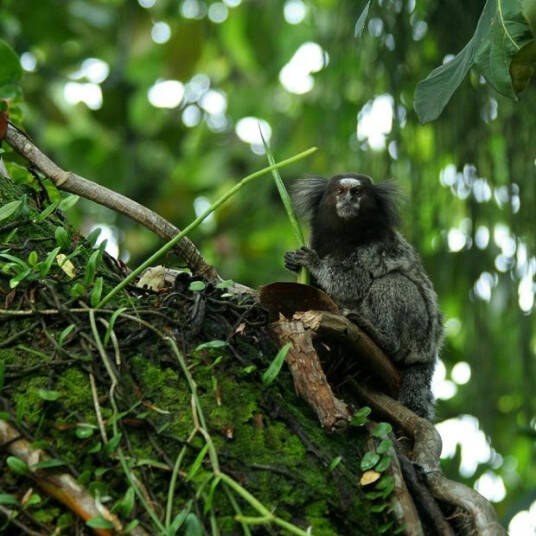
The Rio Acari marmosets is one of seven new species of monkeys discovered in the Amazon between 1999 and 2009. Currently, residents in remote areas of the central Amazon basin in Brazil often keep this monkey as a pet.Akari marmosets usually live in forests that have not been damaged by humans, so i...
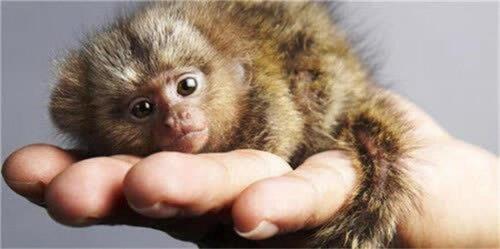
In the vast ecosystems of the earth, various organisms are distributed in different environments according to their characteristics and adaptability. For most people, giant creatures in the animal kingdom, such as elephants and blue whales, often attract attention. However, there are also some amazi...
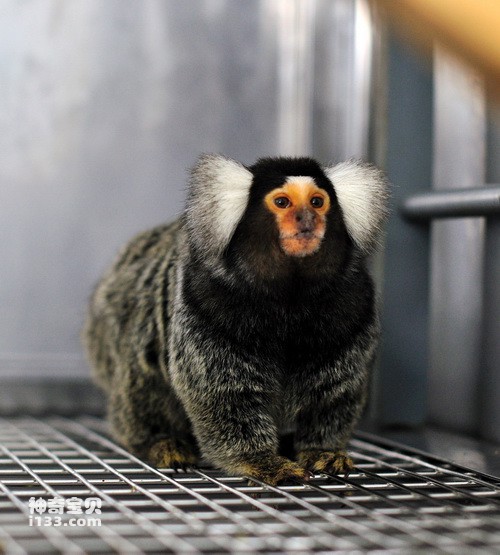
If you have watched the movie "Rio", you will definitely have an impression of the army of monkey thieves in it: the monkey uses the stolen gold watch as a belt to pretend to be rich. This scene graphically illustrates the size of the marmoset. The homeland of marmosets is the forests of nort...